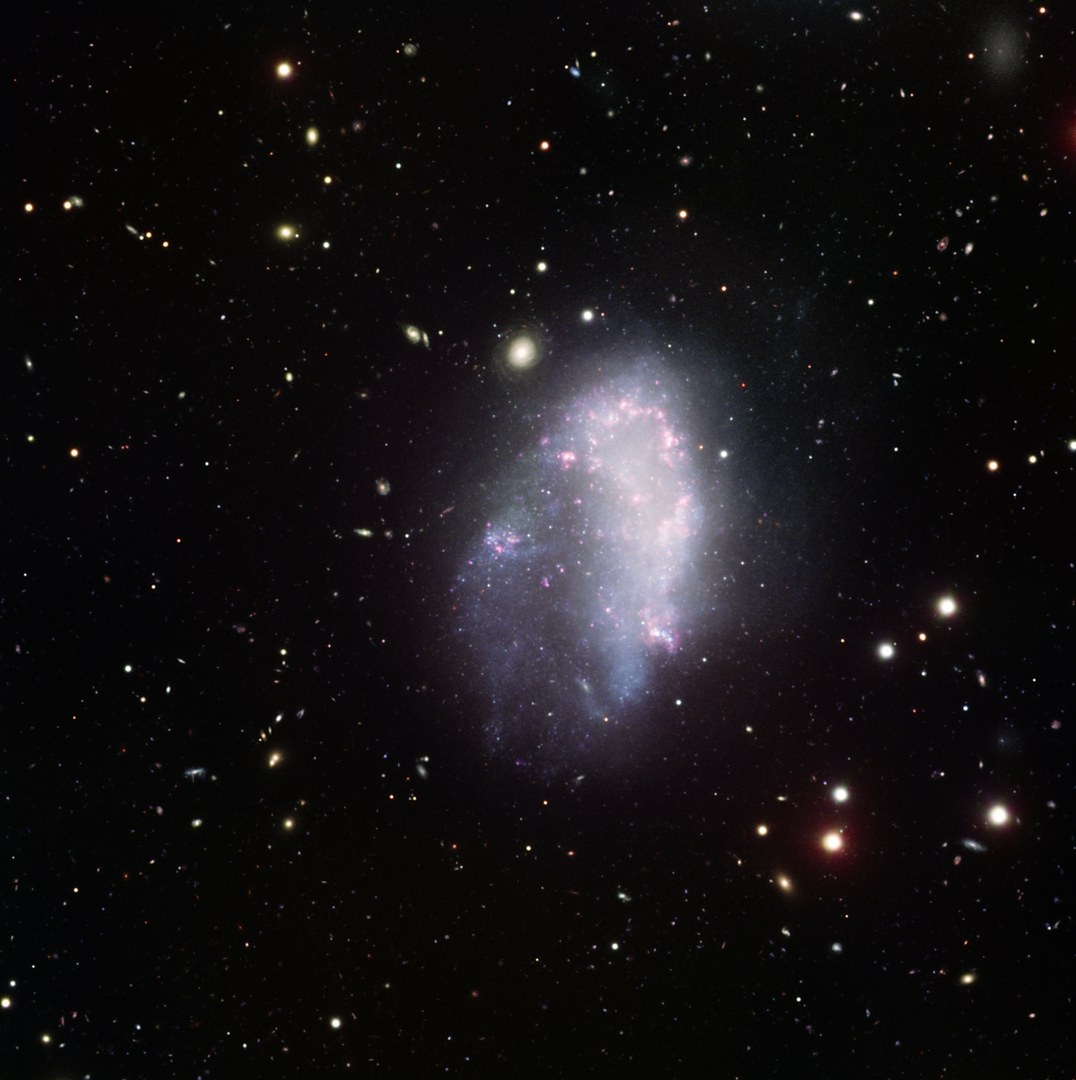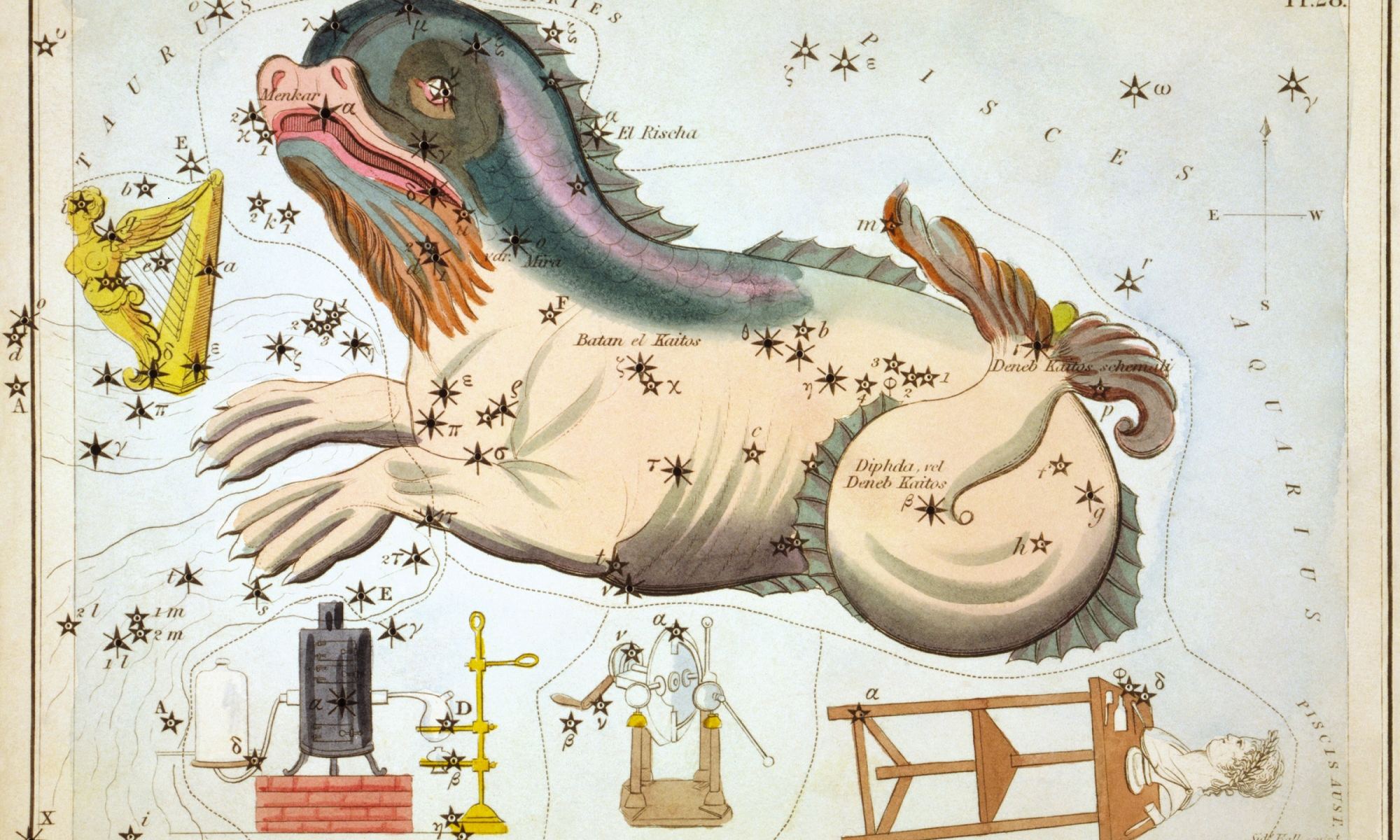Ask astronomers about dark matter and one of the things they talk about is that this invisible, mysterious “stuff” permeates the universe. In particular, it exists in halos surrounding most galaxies. The mass of the halo exerts a strong gravitational influence on the galaxy itself, as well as on others in the neighborhood. That’s pretty much the standard view of dark matter and its influence on galaxies. However, there are problems with the idea of those halos. Apparently, some oddly shaped dwarf galaxies exist that look like they have no halos. How could this be? Do they represent an observationally induced challenge to the prevailing ideas about dark matter halos?
Continue reading “Dwarf Galaxies Found Without Influence From Dark Matter”Dwarf Galaxies Found Without Influence From Dark Matter


